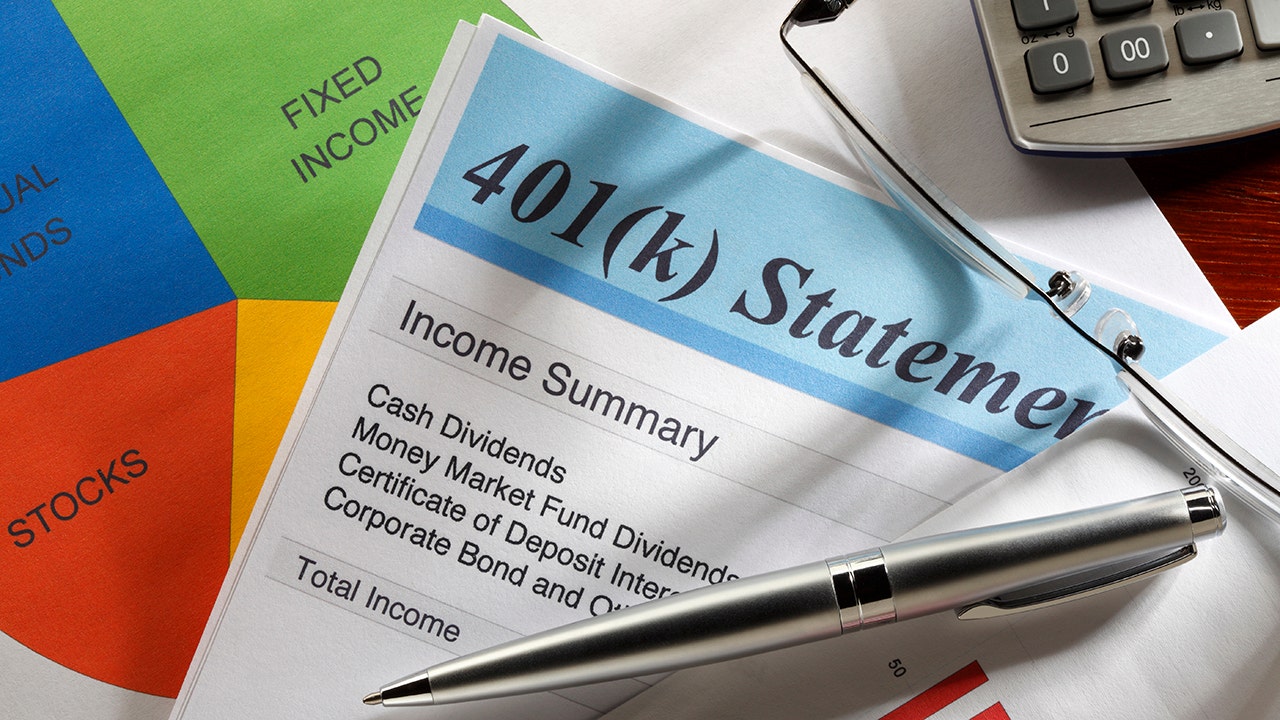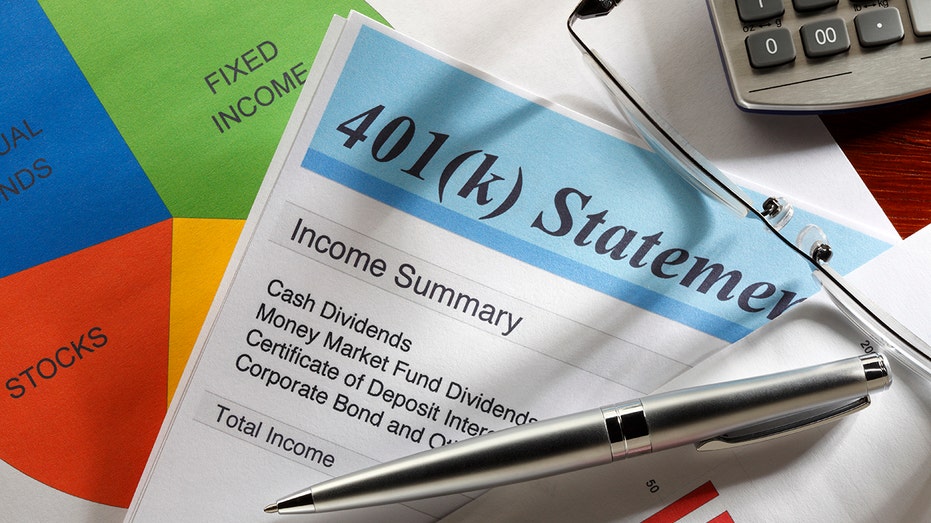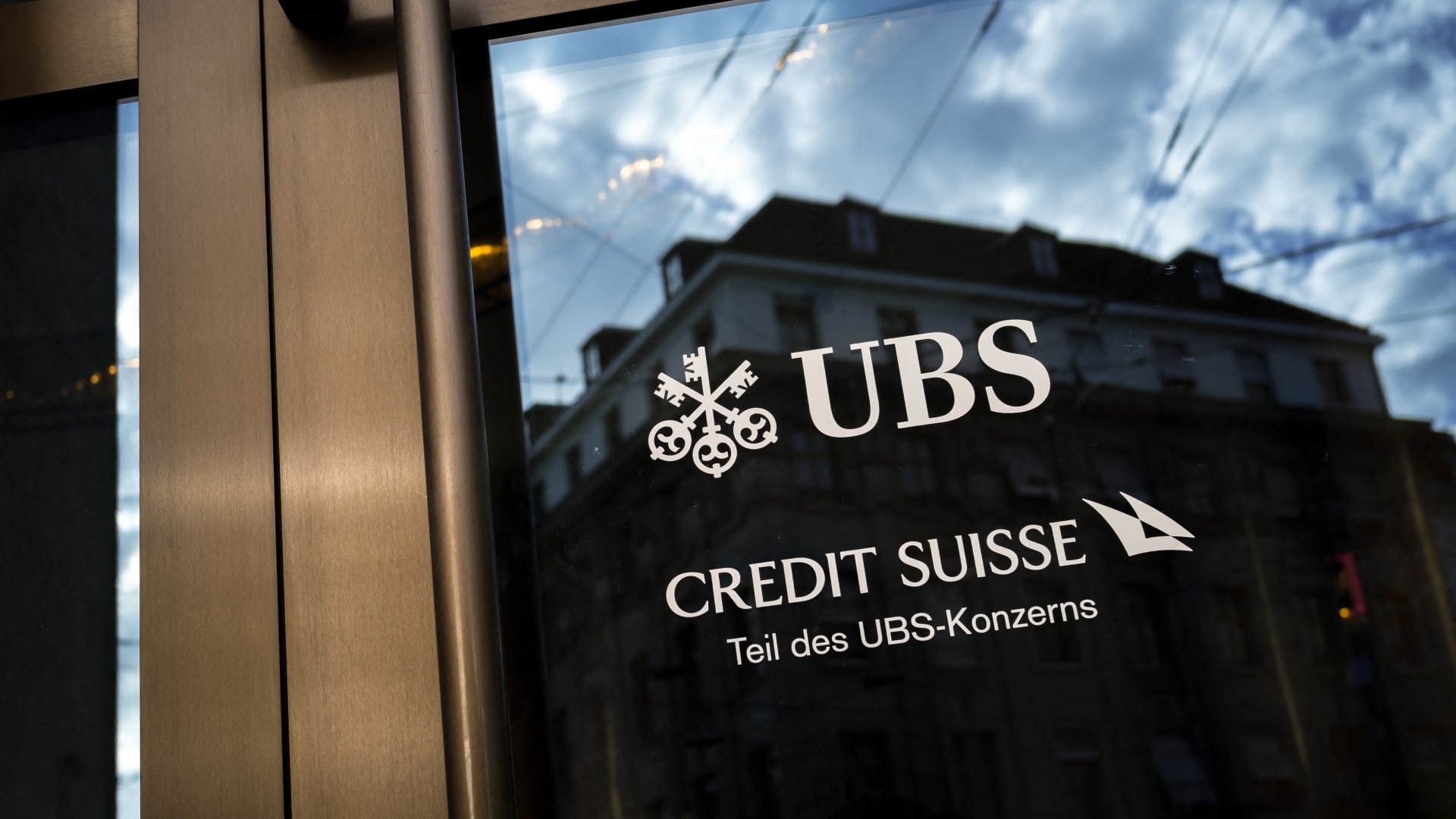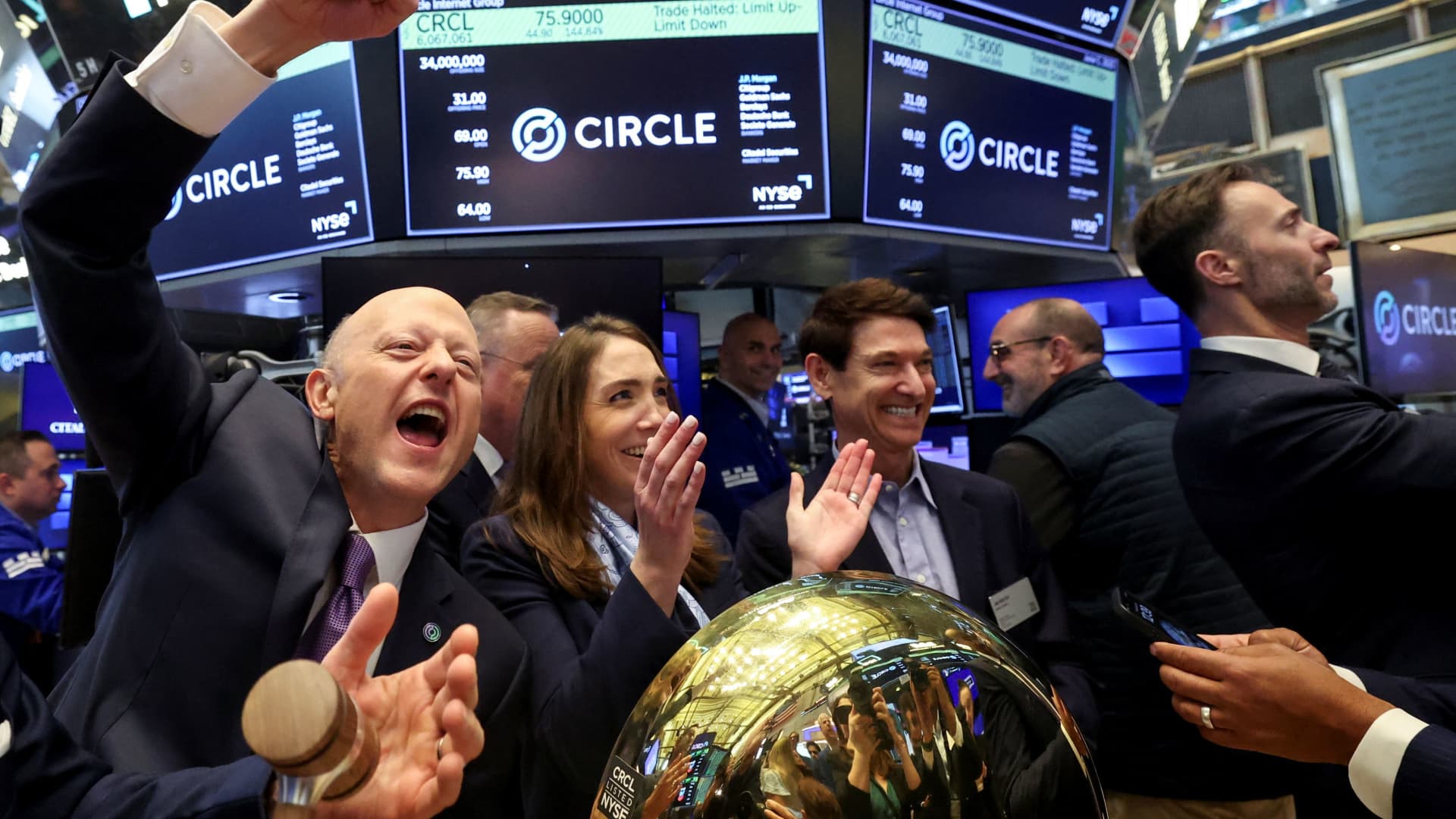Ramsey Solutions financial expert George Kamel weighs in on Americans working past retirement age and provides advice for investors.
Balances for 401(k) retirement accounts hit the “second-highest average on record” in the final quarter of 2024, according to new data from Fidelity Investments.
The financial services company found in its newly-released fourth-quarter retirement analysis that balances for that type of retirement plan averaged $131,700.
That figure marked a jump of 11% year-over-year, according to Fidelity.
Close up of a 401(k) statement with a pie chart indicating asset allocation.To see more of my financial images click on the link below: (iStock / iStock)
Compared to 2024’s third quarter, however, average balances for 401(k)s posted a 0.5% decline, the analysis showed. The third-quarter was when 401(k) plans notched their “highest average on record” for balances, with an average of $132,300.
The rate at which 401(k) retirement plan holders socked away money inched up year-over-year to 14.1% in the fourth quarter, according to Fidelity.
IF YOU ARE 60 YEARS OLD, NEW 401(K) RULES COULD SAVE YOU MONEY
Similar to 401(k)s, average balances for two other popular retirement vehicles – IRAs and 403(b)s – saw small declines of 1% from the third quarter but showed year-over-year increases.
Fidelity pegged the average balance for 403(b) accounts at $117,800 in the fourth quarter, up 11% compared to a year ago.
Meanwhile, IRA accounts held average balances of $127,543. That’s an increase of 8% from the fourth quarter of 2023, according to the report.
A senior couple using a laptop to help organize their retirement plans. (iStock)
Fidelity’s fourth-quarter analysis included over 50 million retirement accounts.
Overall, the financial services company said people building nest eggs “experienced a year of positive growth” in 2024.
Retirement contribution rates went up for almost 40% of those saving for their golden years, Fidelity also reported. On average, the increase was 2.9%.
THIS MIDWESTERN STATE IS CONSIDERED ONE OF THE BEST PLACES TO RETIRE, NEW STUDY SAYS: SEE THE LIST
“As we have for several quarters now, we observed upwards savings trends in Q4. This is encouraging news and is particularly important for many Gen X savers, who are able to make catch-up contributions,” Head of Fidelity Wealth Roger Stiles said in a statement. “This is an important consideration as the April tax deadline approaches where investors may be able to contribute to an IRA for potential tax deductions for 2024.”
The deadline for individual tax return filing is April 15, according to the IRS.
Fidelity also highlighted the retirement saving efforts of Generation X – people born between 1965 and 1980 – in its latest analysis.
When it came to IRAs, Gen Xers boosted their average contributions 16% year-over-year, according to the financial services company.
IRS INCREASES 401(K), OTHER 2025 RETIREMENT PLAN CONTRIBUTION LIMITS
Meanwhile, Gen Xers that have been putting money in 401(k) accounts regularly over 15 years achieved average account balances of $589,400, a jump of 18% from the same period last year, per Fidelity.
A person puts money into a retirement savings jar. (iStock / iStock)
Americans think $1.46 million is the amount of money necessary to experience a comfortable retirement, according to a study released by Northwestern Mutual last year.
The Transamerica Center for Retirement Studies found in an August 2024 report that the median age of retirement for middle-class retirees was 62.

 Blog Post1 week ago
Blog Post1 week ago
 Economics1 week ago
Economics1 week ago
 Finance1 week ago
Finance1 week ago
 Economics1 week ago
Economics1 week ago
 Economics1 week ago
Economics1 week ago
 Personal Finance1 week ago
Personal Finance1 week ago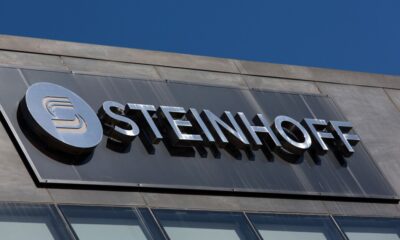
 Accounting1 week ago
Accounting1 week ago
 Economics1 week ago
Economics1 week ago
